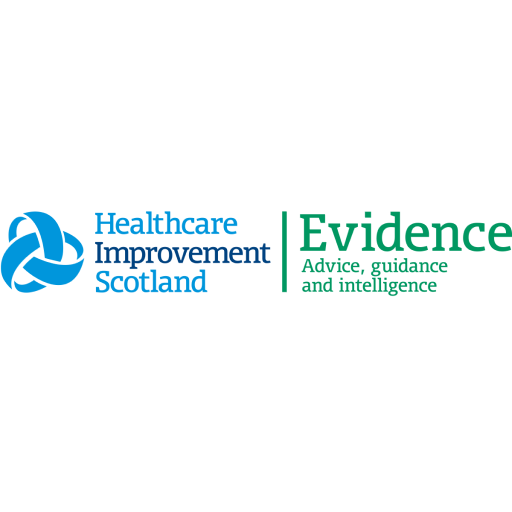NHS boards should have clear referral pathways for gender identity services which are well described and accessible. Primary care has a central role in ensuring people are referred to the appropriate service. Referrals to gender identity services should follow referral criteria and be made by appropriately trained healthcare professionals.
People who have been referred should be supported throughout the process. They should receive information regarding the referral which includes anticipated timeframes for the initial appointment and what to expect at appointments. Gender identity services should regularly communicate with people on waiting lists, as required and in line national and local standards.29 Services should signpost people to support services, including third sector organisations, as appropriate.6 Protocols should be in place to ensure that the original date of referral is maintained when people have moved between NHS boards, across other UK NHS services, or have moved from a young person’s service to an adult service.
Good communication and partnership working between services ensures continuity and consistency of care for the person. This is enabled by a multidisciplinary approach and the sharing of relevant information, following appropriate consent. Collaborative working ensures ongoing care or treatment between primary care and specialist gender identity services.
